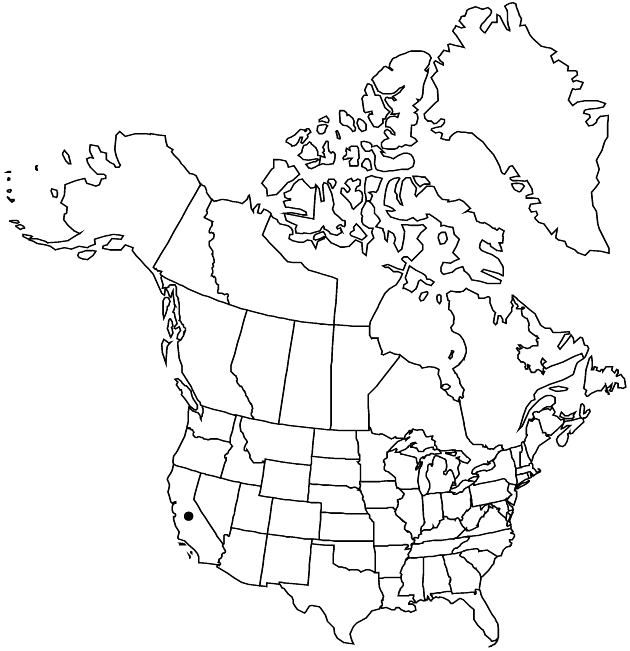Coreopsis douglasii
Univ. Calif. Publ. Bot. 3: 140. 1907.
Endemic
Basionym: Leptosyne douglasii de Candolle in A. P. de Candolle and A. L. P. P. de Candolle, Prodr. 5: 531. 1836
Treatment appears in FNA Volume 21. Treatment on page 189.
Annuals, 5–15(–25+) cm. Leaf blades simple or pinnately lobed, terminal lobes filiform, 0.5–1+ mm wide. Peduncles 5–15(–20+) cm. Calyculi of (3–)5 linear bractlets 3–5(–12) mm, not ciliolate near bases. Phyllaries (5–)8, ovate, 5–7+ mm. Ray florets (5–)8(–9+); laminae 5–12(–16+) mm. Disc florets 8–60(–100+); corollas 2.8–3.5 mm. Cypselae ± oblanceolate, 3.5–4+ mm, not marked adaxially with red dots or dashes, wings usually thin, sometimes corky-thickened, faces usually smooth, rarely tuberculate, not hirtellous. 2n = 24.
Phenology: Flowering Mar–May.
Habitat: Shale and serpentine slopes, sandy flats
Elevation: (150–)300–1000 m
Distribution
Loading map...

Calif.
Discussion
Selected References
None.
Lower Taxa
None.